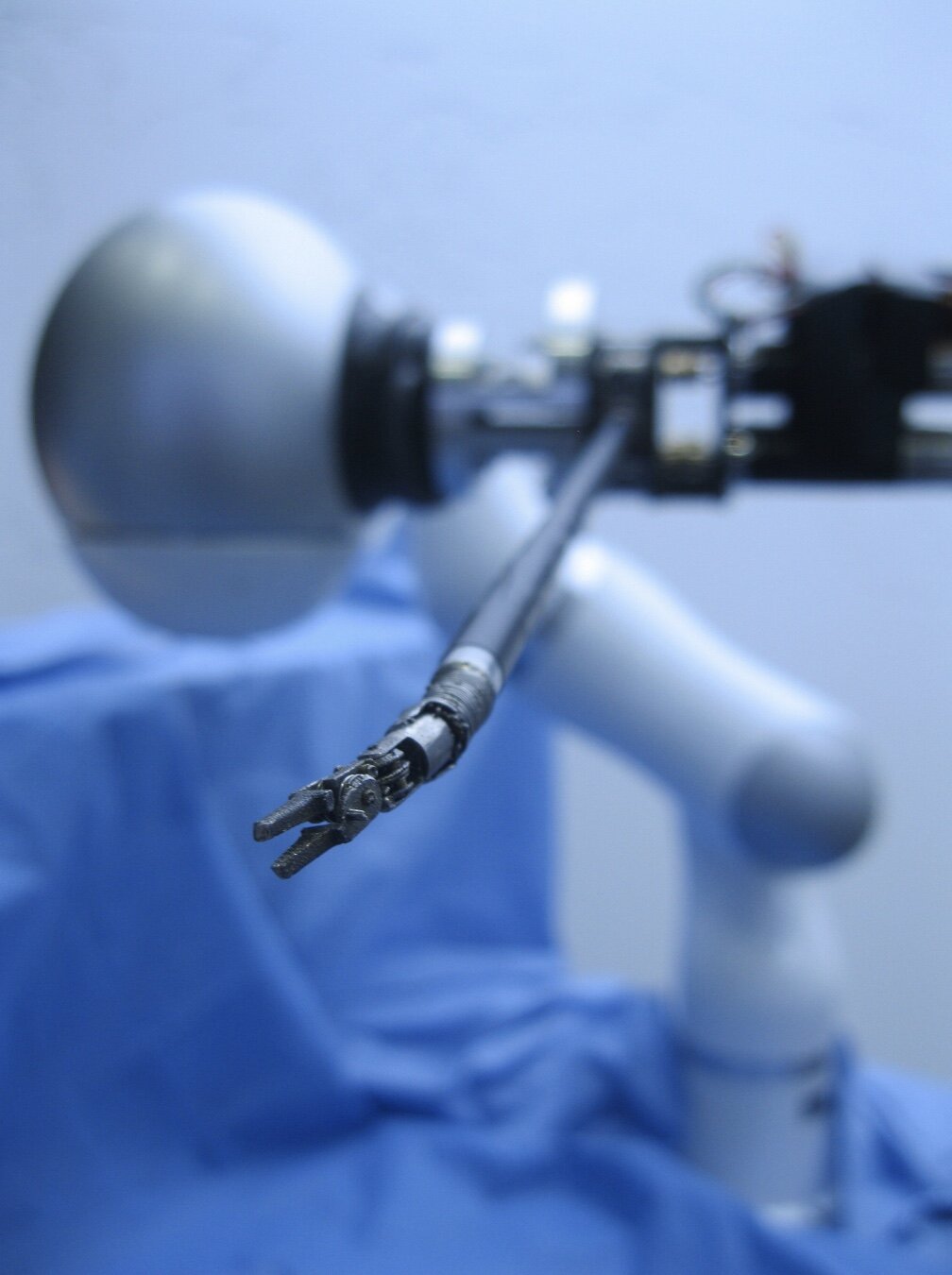
Endoscopes have been used in neurosurgery for over a century, since Victor de l’Espinasse, an American urologist, operated on a neonate with hydrocephalus. However, endoscope technology at that time was very limited and ill suited to the brain, and enthusiasm waned following the advent of cerebrospinal fluid shunts to treat hydrocephalus, and the introduction of the operating microscope.
In the late 1980’s the development of the SELFOC® lens, Charge-Coupled Device (CCD) and fibre-optic light sources allowed for a wider viewing angle, superior image quality and greater illumination. More recent technological advances such as 3-Dimensional (3D) and High Definition (HD) endoscopy have further expanded the indications for endoscopy within the brain.
Broadly speaking, there are now three endoscopic approaches within the brain that are well established within the neurosurgical community:
Endoscopic transsphenoidal approaches to the pituitary gland and other endoscopic endonasal approaches;
Endoscopic third ventriculostomy and other endoscopic transventricular approaches; and
Endoscope-assisted microsurgery.
In order to exchange ideas and promote the development of these neuroendoscopic approaches, societies dedicated to this field were established. One of the first of these was the International Federation of Neuroendoscopy (IFNE). Founded as the International Study Group of Neuroendoscopy (ISGNE) in 2001, this group focused on enhancing the growth of endoscopy through research, meetings and collaboration. The IFNE has expanded over the years and have influenced the development of further neuroendoscopy societies.
The British Neuroendoscopy Society was founded in 2019 by a group of neurosurgeons to drive the advancement of endoscopy within British neurosurgery through shared learning, training and support and audit and research. The group aims to promote the aforementioned endoscopic approaches and others within the United Kingdom.
